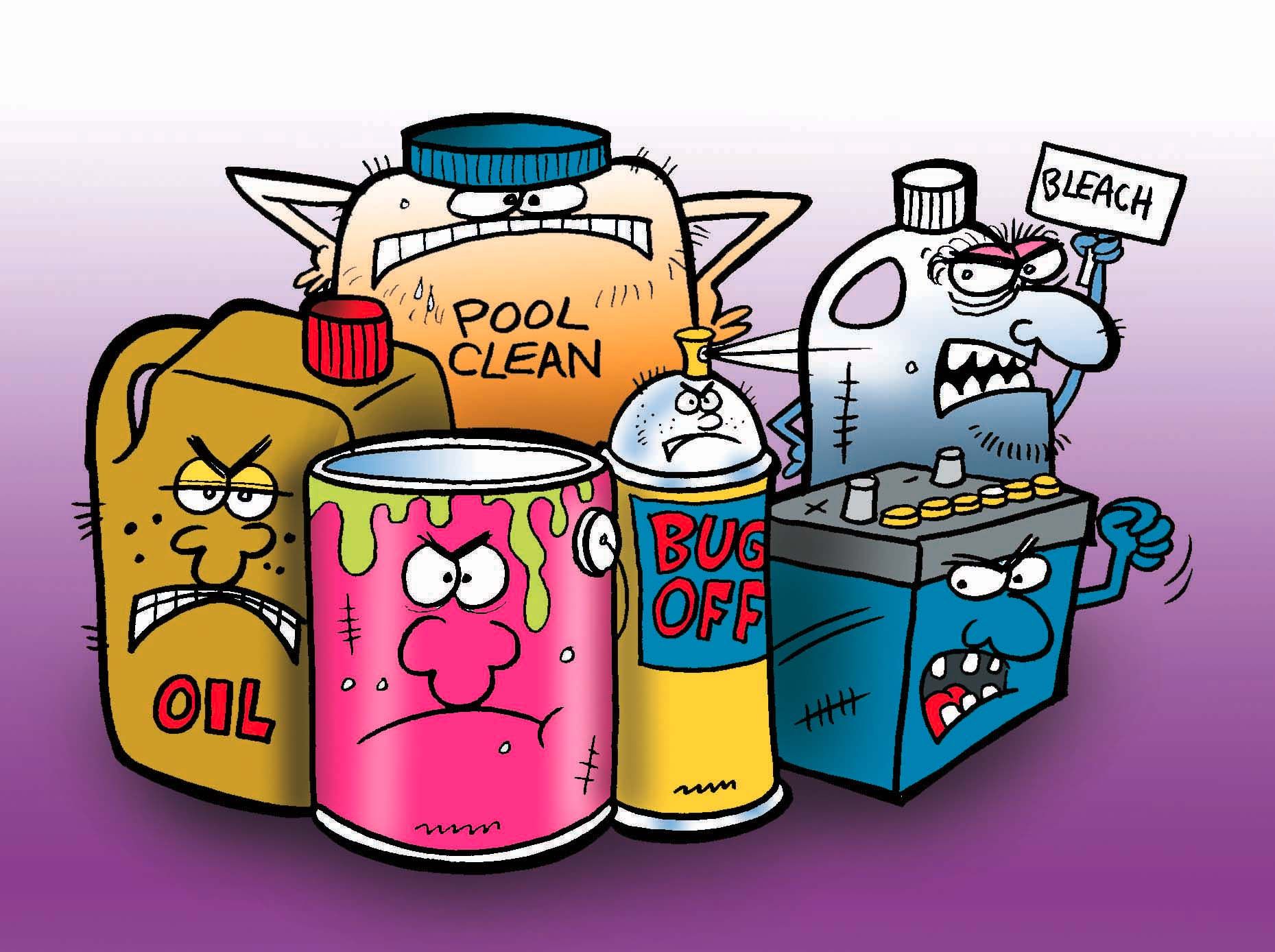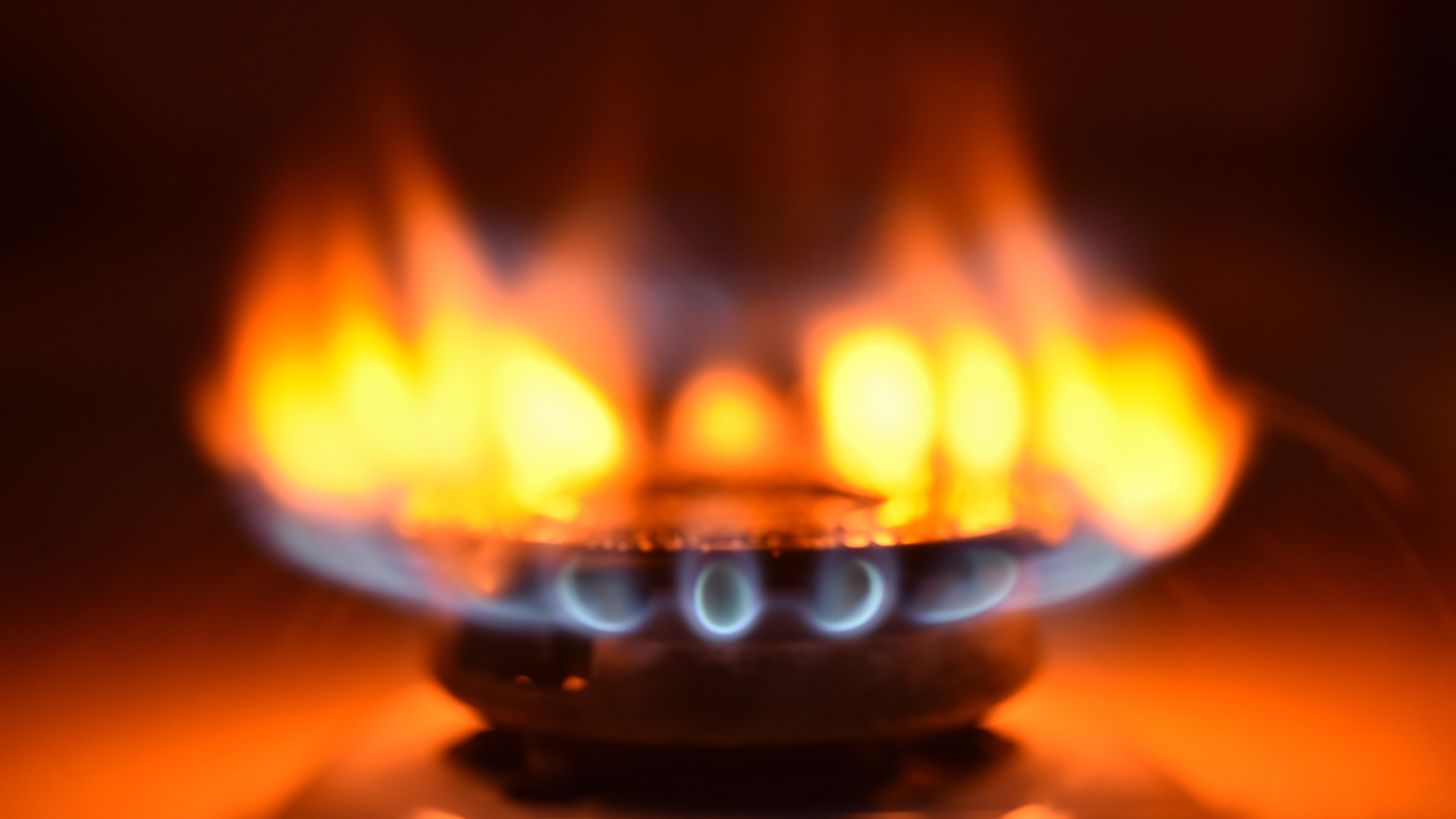Scorpions are predatory arachnids of the order Scorpiones. They have eight legs and are easily recognized by the pair of grasping pedipalps and the narrow, segmented tail, often carried in a characteristic forward curve over the back, ending with a venomous sting. Scorpions range in size from 9–12 mm (0.35–0.47 in) in Microtityus minimus to 23 cm (9.1 in) in Heterometrus swammerdami.
The evolutionary history of scorpions goes back to the Silurian period 435 million years ago. They have adapted to a wide range of environmental conditions, and they can now be found on all continents except Antarctica. There are about 1,750 described species, with 13 extant (living) families recognised to date. Their taxonomy is being revised in the light of genomic studies.



